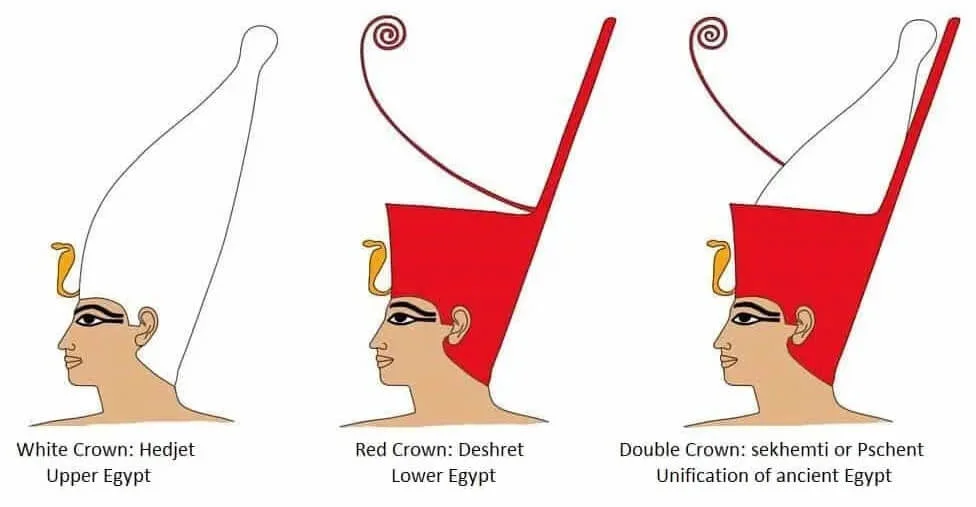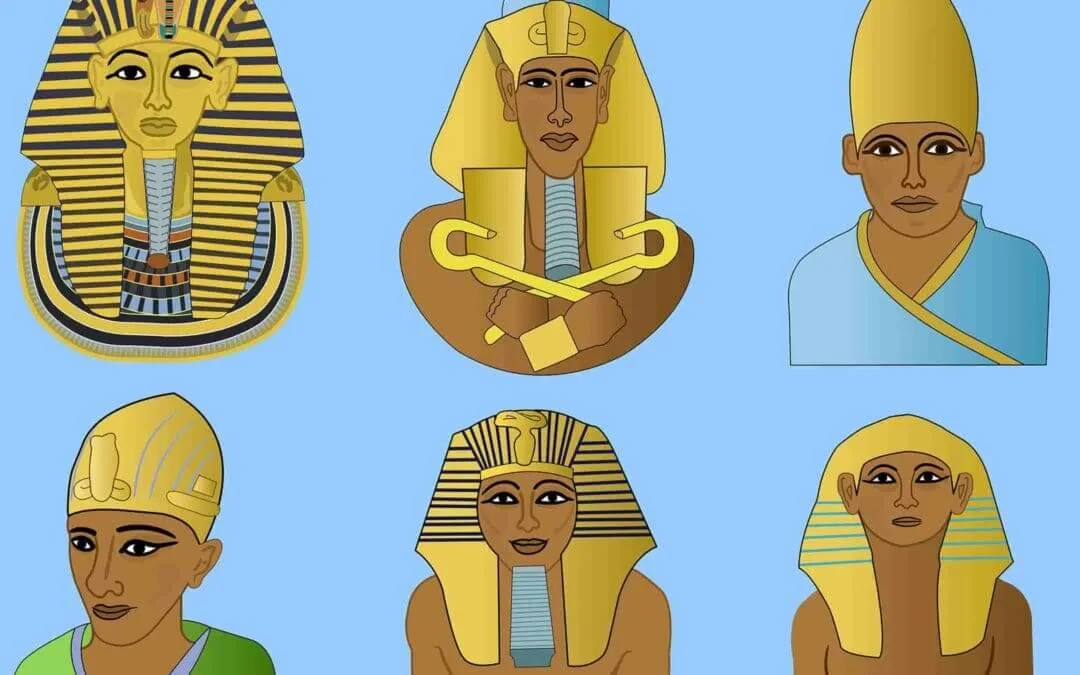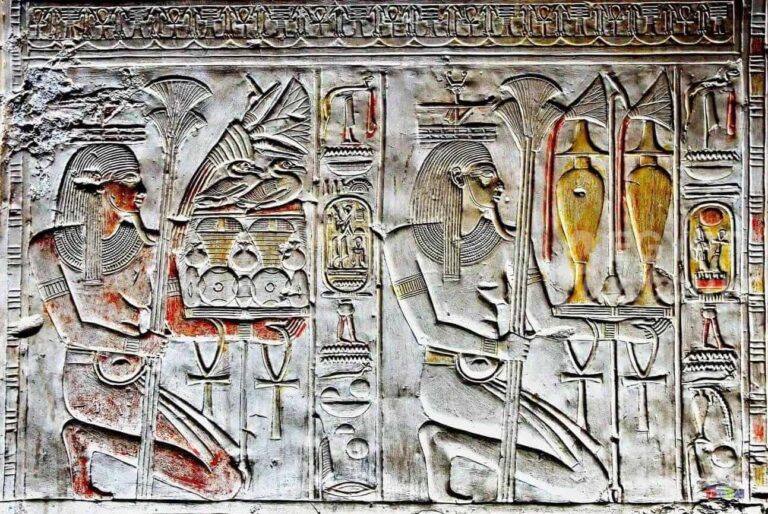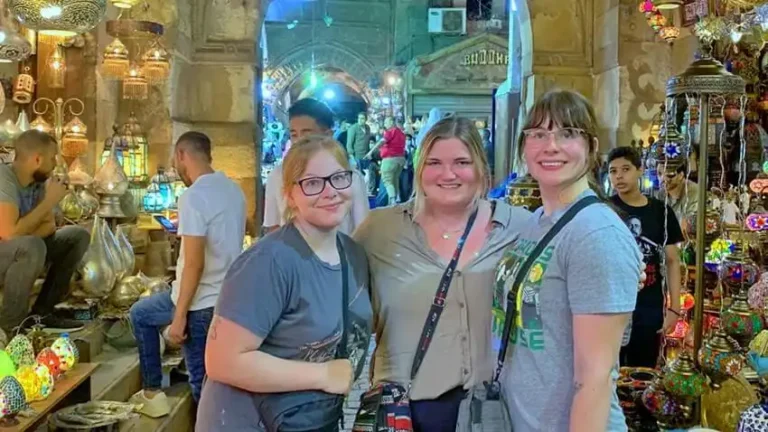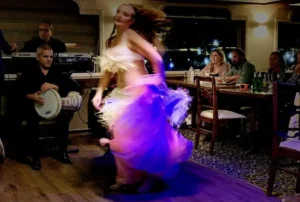Ancient Egyptian Royal Crowns
Pharaohs were not just political leaders. They were living gods. Consequently, their clothing reflected this divine status. Their headwear was the most important element. Ancient Egyptian Royal Crowns were more than just adornments. They were potent symbols of authority. Each crown had a unique history and meaning. These crowns represented a pharaoh’s power over his kingdom. They showed his sacred connection to the gods. They solidified his role as Egypt’s supreme ruler. Wearing a crown was a public declaration of legitimacy.

